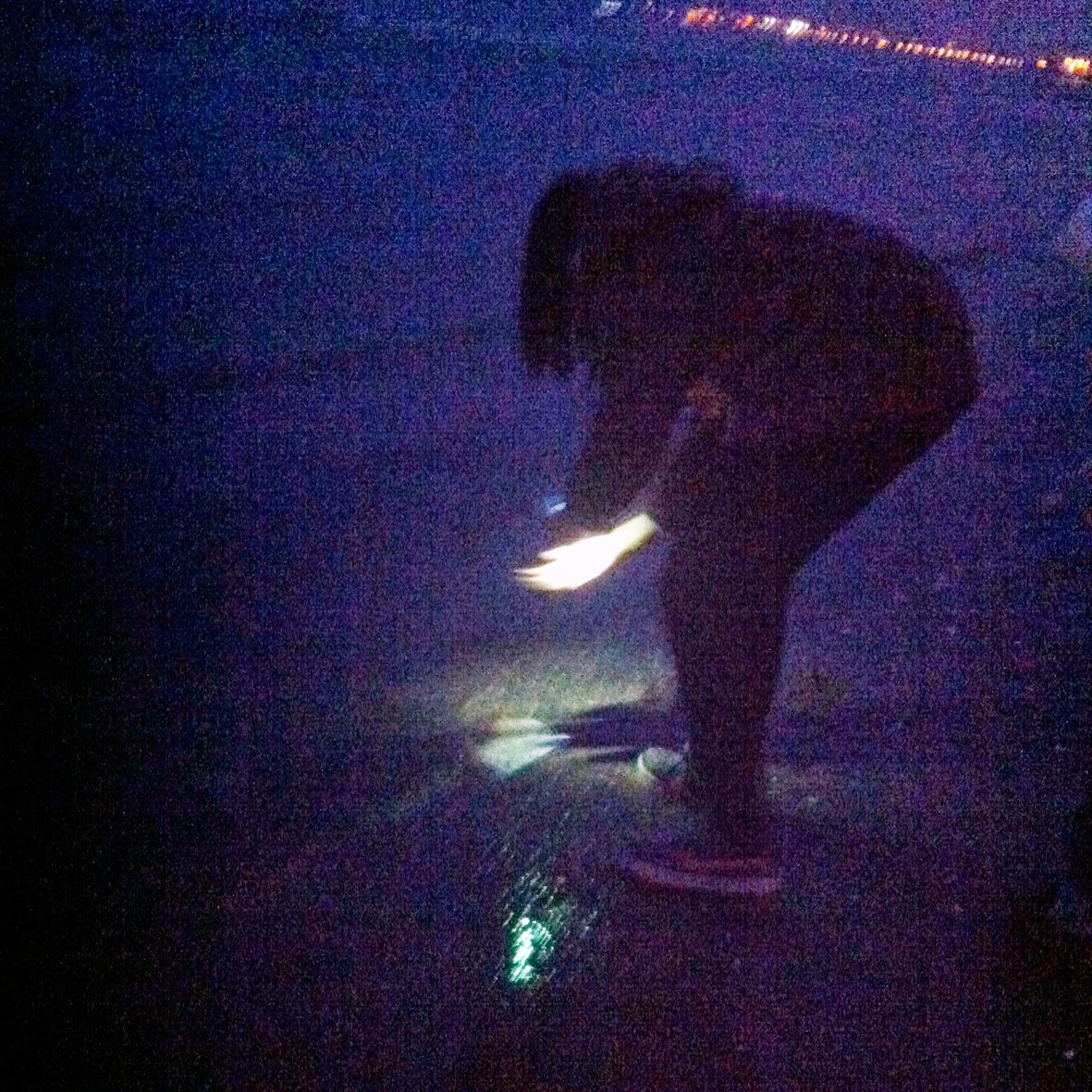‘Only when he no longer knows what he is
doing does the painter [educator]* do good things’
Edgar Degas
‘Painting [education]* is stronger than I
am. It can make me do whatever it wants’
Pablo Picasso
‘Painting [education]* has a life of its
own’
Jackson Pollock
* My brackets
When working off the classroom map unseen
plans materialise and we are more inclined to respond to them. Education is
bigger than us and we must learn to allow it the space to create new narratives
that we can follow. We must not try to control it or put it in a manageable
box. If we do it becomes static and dry.
My colleague and I have just returned from
a residential trip to Edinburgh with 21 students aged between 15 and 19. The
thing about taking students on residential visits is that there is not a
lesson-planning directive in sight. We rely on real life experience and adapt
to circumstance. One of the planned activities on the itinerary was to work
with watercolours on the beach at Portobello. This is an activity that we have
carried out on numerous trips in the past from Northumbria to Barcelona, always
with success and a variety of different outcomes. I suppose you could call it a
‘safe’ activity.
On a visit to the Fruitmarket Gallery to
view the Tania Kovats exhibition ‘Oceans’ we saw her work with ink, salt and
seawater; they were stunning. It gave us the idea to reproduce them at the
beach. We had no ink with us so our first task was to purchase some, which we
did. Our second task was to try and figure out how Kovats actually produced the
drawings, as we did not know how (we did not discover the exact process but it
didn’t stop us). Our third task was to switch the itinerary around to
accommodate the activity and coincide it with a second sea related activity –
photograms of the tide by torchlight.
This change in the plan, a detour from the
agenda that we had constructed allowed us to directly engage the students with
something they had just come across in the gallery. It suddenly became more
alive to them as they realised they were going to have the chance to respond
directly to the work they were looking at. So off we went, that evening, to the
beach armed with ink, watercolour paper and salt flakes and we produced some
beautiful work. Not only this but as we were experimenting and learning together the
realisation grew that the activity we were carrying out related perfectly to the
photograms that were to come later once the night fell was confirmation that
the risk was worth taking.
Responding to what we see is a
fundamental aspect of learning. The view or the gaze, particularly during an
intense time period as experienced on a residential, is key to ensuring that
the learning that takes place becomes deeper. Reacting to an event is something
the artist is used to doing, they are always seeking new ways to construct the
tangible.
I wrote earlier that education was bigger
than us. This is a perfect example. Activities planned are adapted due to
experiencing something new, this new activity then happens to bare close
relation to the activity that followed and the relationship ensures that the
whole learning experience is enhanced. It is down to the teacher to take the
risk; Education as fluid, adaptable and alive.
The following day we visited the Louise
Bourgeois at the Scottish National Gallery of Modern Art. One of the highlights
of the exhibition was a series of prints and fabric work that were produced in
response to the river Bievre, ‘Ode A La Bievre’. The use of the horizon line
bore an incredible resemblance to the line produced by Kovats. And upstairs in
the same gallery? The Boyle Family’s ‘Sand, Wind and Tide’ series!
We are
merely pawns who serve to deliver education that offers a sense of fluidity and
life. This is The Unlesson Manifesto.
The images below visually tell the story of
this blog.
Photograph of the North Sea taken by me from train to Edinburgh
The only picture I took of the black ink work by Tania Kovats. It fails to show the lines of ink and salt
Tania Kovats study with ink and salt
Tania Kovats
The response to the work
Sea Printing
Sea Print results
The Boyle Family from 'Sand, Wind and Tide'
Louise Bourgeois 'Ode A La Bievre'
A grave seen in Greyfriars Kirkyard the following day. A student pointed out the visual connection to the work

















Sheer Brilliance! Poetic imagery and narrative!
ReplyDelete